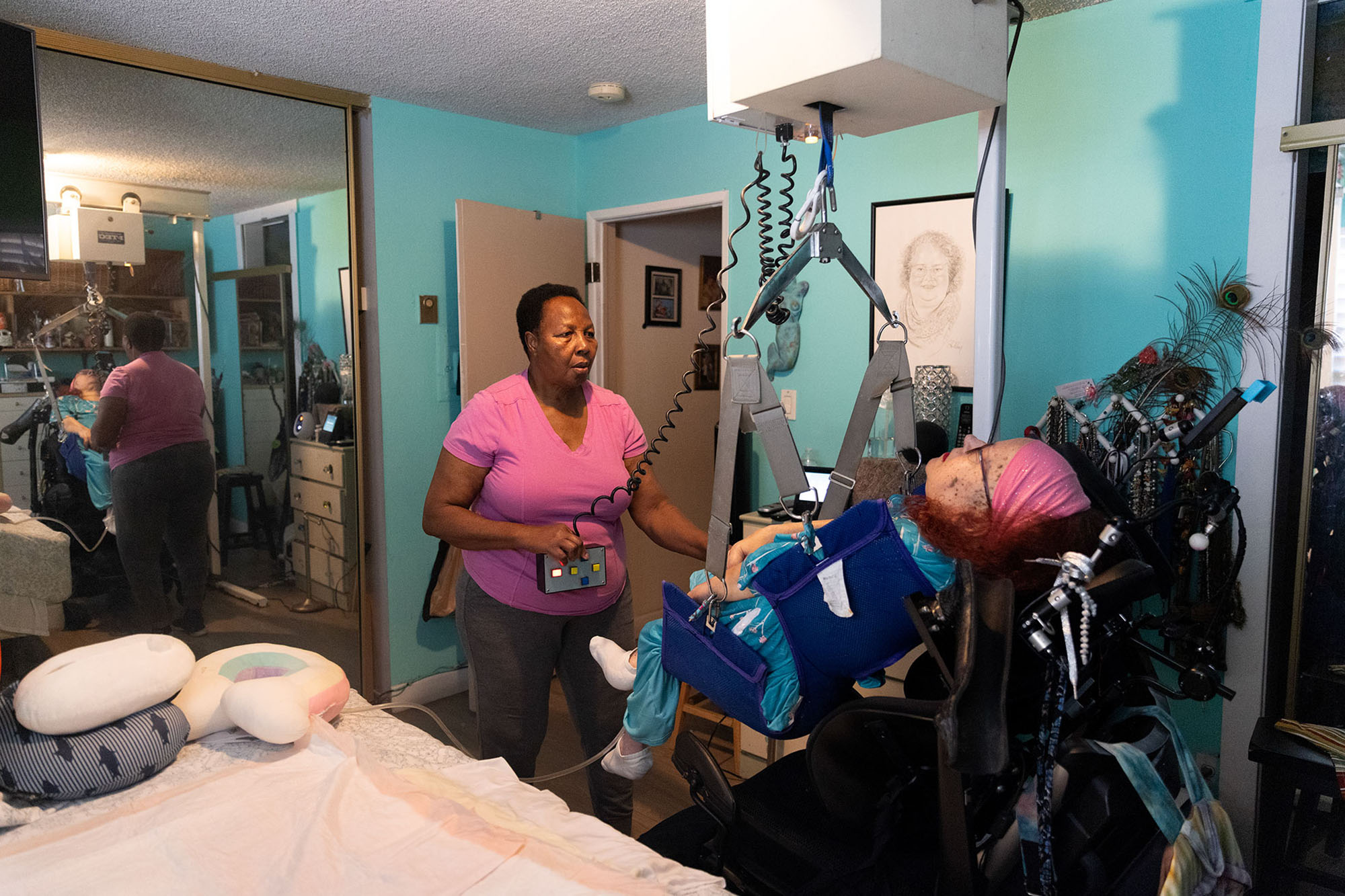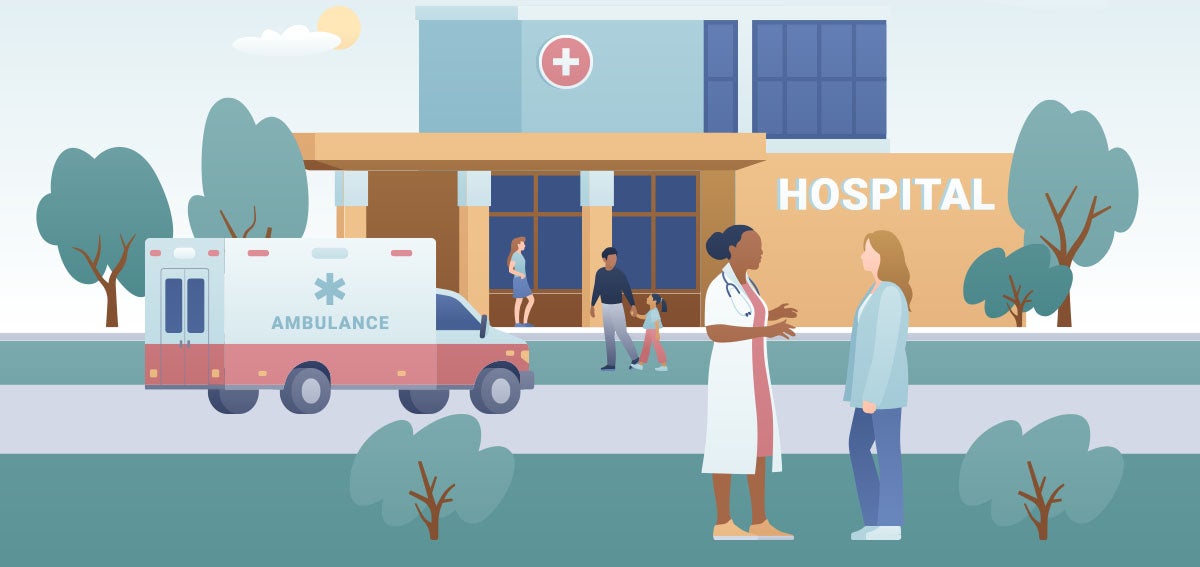View the Report
Jump to All Downloads & LinksTo improve access to care for Medi-Cal (California’s Medicaid program) enrollees, state lawmakers significantly expanded transportation coverage in 2016. Before the expansion, Medi-Cal’s transportation benefit included non-emergency medical transportation (NEMT), which covers transportation to medical appointments for those who need specialized transport by ambulance, wheelchair van, or litter/gurney van, and require door-to-door assistance. The new 2016 law — AB 23941 — created a second, complementary benefit called non-medical transportation (NMT), which covers transportation to non-emergency medical services for enrollees who can reasonably walk or move about and can therefore use public (e.g., bus or train) or private (e.g., rideshare, taxi, car) modes, and who have no other means of transportation. Together, the two benefits (NEMT and NMT) cover transportation to non-emergency medical services for most Medi-Cal enrollees.
This report was commissioned to provide an overview of the implementation and experiences of the NMT benefit established in 2016. The information and analysis in this report draws from interviews with key informants, including representatives from Medi-Cal managed care plans (MCPs), state officials from the Department of Health Care Services (DHCS), a small group of Medi-Cal enrollees who have used the benefit, consumer advocates, transportation brokers, providers, policy experts, and other state Medicaid officials. The report also draws on utilization and cost data provided to the authors by five MCPs and through publicly available policy and regulatory documents.
The research for this report was conducted before the COVID-19 pandemic, so the data and findings do not reflect the impact of the pandemic on NMT implementation, utilization, or experience. Of note, the COVID-19 pandemic has reduced use of routine health care services, as many enrollees have delayed or avoided in-person care. Additionally, new federal and state policy flexibilities have increased the ability for enrollees to access providers through technology such as telehealth and e-visits. If these policies are retained in the long term and enrollees continue to access some care remotely, the impact on NMT demand and use should be studied.
Key Findings
The paper goes into detail on several key findings: NMT is a comprehensive benefit valued by a small fraction of Medi-Cal enrollees with recurring needs. Enrollees who have used the benefit reported that NMT is the main source of transportation to their medical appointments and that transportation supports are critical to maintaining their health.
NMT has the potential for ballooning costs due to limited service authorization requirements and heavy reliance on rideshare companies. MCPs were required to implement the benefit quickly, amid shifting policy guidance, and most decided to delegate the responsibility to transportation brokers. Some provider organizations and consumer groups representing Medi-Cal enrollees report significant administrative and operational challenges with the NMT benefit that cause frustration and limit access. Most Medi-Cal enrollees do not use the benefit, potentially because either they are unaware of its availability or they have less need for the service. Medi-Cal enrollees may still have unmet transportation needs, especially in rural and frontier areas.
The paper outlines several potential policy considerations to improve the NMT benefit and make it easier for more enrollees to use, including:
- Merge NEMT and NMT into a single comprehensive benefit. Lawmakers may want to consider if the distinction between the NMT and NEMT benefits is necessary, or if merging the benefits would reduce confusion and improve access.
- Require more outreach and communication to providers and enrollees. DHCS should explore information gaps and opportunities to communicate effectively with providers, enrollees, and MCPs about the NMT benefit and how to use it.
- Address rural and frontier area barriers to service. Transportation services in rural and frontier communities are limited, and creative solutions are needed.
- Evaluate the feasibility of including transportation to social services and supports in the NMT benefit. For enrollees with high needs, providing access to social services and supports could help to address social needs and improve enrollee health and well-being.
- Explore NMT driver credentialing or other transportation provider oversight. Proper quality oversight should be put in place while balancing the need to ensure broad access.
- Analyze and publish statewide utilization and cost data reported to DHCS. Analysis of the existing DHCS data would help answer important questions and inform the directionality of Medi-Cal transportation policy and programs.
Authors & Contributors
Athena Chapman, MPP
Athena Chapman, MPP, is president at Chapman Consulting, which provides strategic planning, meeting facilitation, organizational support, market research, and regulatory and statutory analysis to organizations in the health care field.
Elizabeth Evenson
Elizabeth Evenson is policy director at Chapman Consulting.
Len Finocchio
Len Finocchio was a senior program officer for the foundation’s Health Reform and Public Programs Initiative. Prior to joining CHCF, Finocchio worked as a health policy and research consultant specializing in health services program design and development, particularly for uninsured children. He has worked as associate director at the Institute for Health Policy Solutions in San Mateo, California; as a principal policy associate at Children Now in Oakland, California; and as associate director for state programs at the University of California, San Francisco’s Center for the Health Professions. He currently leads the Blue Sky Consulting Group’s health care practice.
Finocchio received a doctor of public health, with a concentration in health policy, from the University of Michigan, Ann Arbor, and a master’s degree in public health from the University of California, Los Angeles. He received a bachelor’s in psychology from the University of California, Davis.
Shawn Blosser
Shawn Blosser leads the Blue Sky Consulting Group’s data analysis team. He holds a bachelor’s degree from Stanford University and did graduate work in economics at the University of Chicago.





